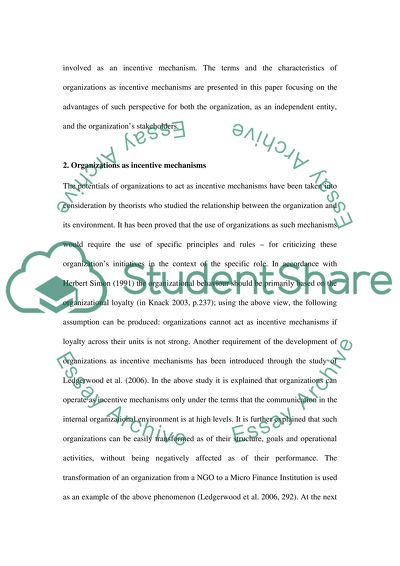Cite this document
(“Discuss the advantages of analysing organizations as incentive Essay - 1”, n.d.)
Retrieved from https://studentshare.org/environmental-studies/1404999-discuss-the-advantages-of-analysing-organizations
Retrieved from https://studentshare.org/environmental-studies/1404999-discuss-the-advantages-of-analysing-organizations
(Discuss the Advantages of Analysing Organizations As Incentive Essay - 1)
https://studentshare.org/environmental-studies/1404999-discuss-the-advantages-of-analysing-organizations.
https://studentshare.org/environmental-studies/1404999-discuss-the-advantages-of-analysing-organizations.
“Discuss the Advantages of Analysing Organizations As Incentive Essay - 1”, n.d. https://studentshare.org/environmental-studies/1404999-discuss-the-advantages-of-analysing-organizations.


